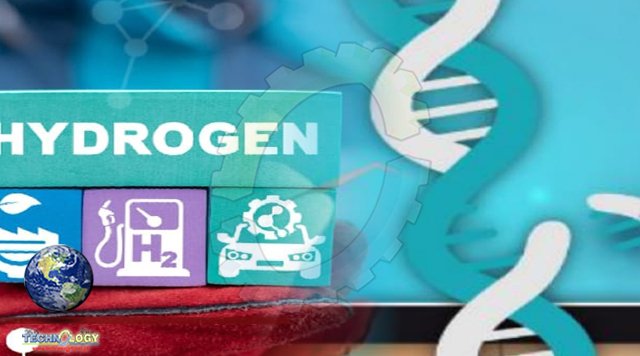Scientists in South Korea have developed a new material that can produce up to 20 times more hydrogen than conventional methods.

Scientists in South Korea have developed a new material that can produce up to 20 times more hydrogen than conventional methods. Traditional hydrogen production often relies on the use of platinum – an expensive precious metal, the cost of which obviously reflects on the price of H2. The team of South Korean researchers, however, has found a way to replace platinum in the electrolysis process with a different, far less costly material that can dramatically bring down the price of hydrogen. The innovative method involves the ‘carbonization’ of fabric that is burnt at the temperature of 900°C, after which the fabris is dipped in a nickel metall solution and an electric current is applied.
As a result, the metal bonds with the cloth, a process known as electroplating, which turns the fabric into a new material that is more reactive. The carbonization at only 900°C as opposed to the usual temperature of 2,000°C, at which carbonization generally occurs, allows larger surfaces to be treated in this way. Once the new material is formed, it is submerged water with an electric current running through it, causing bubbles of hydrogen to appear. The researchers found the amount of hydrogen produced with the help of this material was 20 times greater compared to the process that uses platinum. Furthermore, the new electrode proved to be stable even at a high current density and adding to its efficiency, it was able to successfully operate even at low voltages.This revolutionary discovery means that hydrogen can be produced stably at scale with the help of inexpensive non-metal catalysts at a fraction of the cost of traditional H2 production.
Source: This news is originally published by carbonherald